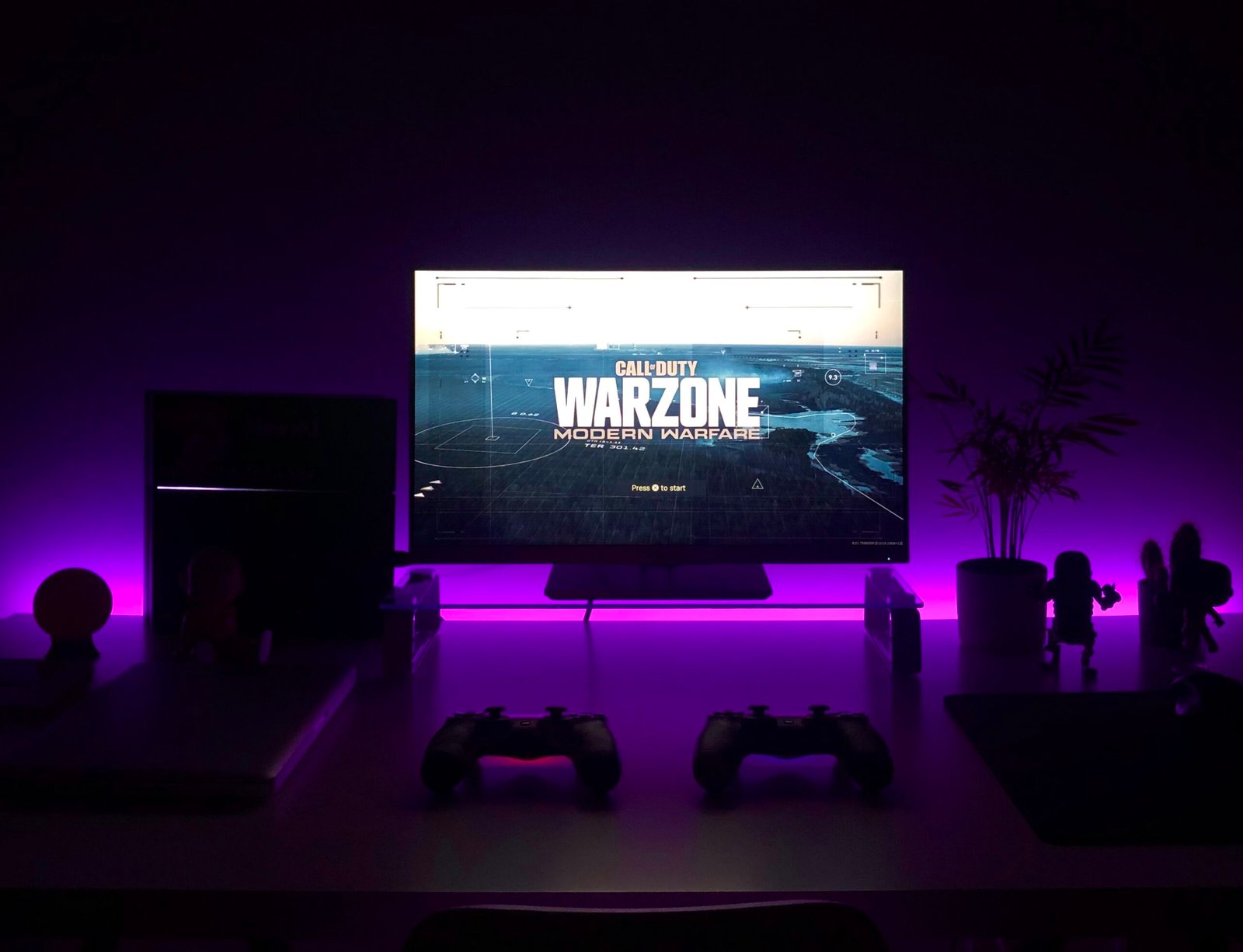In this article, we’ll guide you through the step-by-step process of connecting and using a wireless gaming headset with your console. You’ll learn how to pair the headset with your console, adjust the settings for optimal audio quality, and troubleshoot common issues. Whether you’re a casual gamer or a hardcore player, this guide will help you enhance your gaming experience and immerse yourself in the virtual world. So, let’s get started and unlock the full potential of your wireless gaming headset!
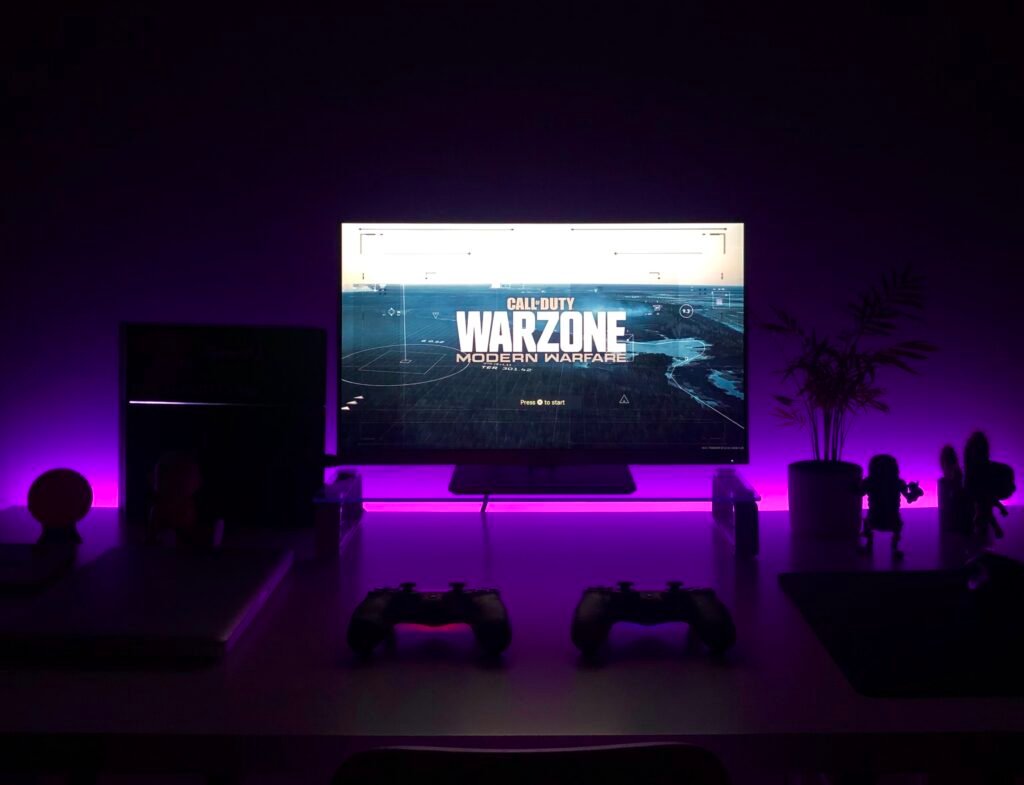
Step-by-Step Guide: Connecting and Using a Wireless Gaming Headset with Your Console
If you’re a gamer looking to enhance your gaming experience, a wireless gaming headset can be a game-changer. Not only does it provide you with freedom of movement, but it also immerses you in the game’s audio, making you feel like you’re a part of the action. In this step-by-step guide, we will walk you through the process of connecting and using a wireless gaming headset with your console.
Choosing a Wireless Gaming Headset
Before you begin connecting your wireless gaming headset, it’s important to understand the different technologies available. There are two main wireless technologies used in gaming headsets: Bluetooth and RF (Radio Frequency).
While Bluetooth headsets offer convenience and compatibility with a wide range of devices, they may not always provide the best audio quality or seamless connectivity. On the other hand, RF headsets offer superior sound quality and a more stable connection, but they may have limited compatibility with certain consoles.
Consider the compatibility of the wireless gaming headset with your console. Some headsets are specifically designed for certain consoles, while others offer universal compatibility. Make sure to check the headset’s specifications and ensure it is compatible with your console.
Additionally, evaluate the sound quality and features of the headset. Look for features like surround sound, adjustable EQ settings, and microphone monitoring. These features can greatly enhance your gaming experience and give you a competitive edge.
Preparing Your Console for Connection
Before you can connect your wireless gaming headset, you need to ensure that your console is ready for the connection.
Start by checking the compatibility of your console with the wireless headset. Refer to the console’s user manual or visit the manufacturer’s website for a list of compatible headsets. This step is crucial to avoid any potential compatibility issues.
Next, update your console’s software to the latest version. Manufacturers often release software updates that improve compatibility with accessories, including wireless gaming headsets. By updating your console’s software, you can ensure a smoother and more stable connection.
Once your console’s software is up to date, enable the wireless audio settings. This can usually be done through the console’s settings menu. Look for an option like “Audio Output” or “Audio Settings” and select the wireless headset as the default audio output.
Setting Up the Wireless Gaming Headset
Now that your console is prepared, it’s time to set up the wireless gaming headset.
Start by charging the headset according to the manufacturer’s instructions. Most wireless gaming headsets come with a charging cable that needs to be connected to a power source. Allow the headset to charge fully before moving on to the next step.
Once the headset is charged, you need to pair it with the console. This typically involves putting the headset into pairing mode and then searching for and selecting the headset in the console’s Bluetooth or wireless device menu. Follow the instructions provided by the headset manufacturer to complete the pairing process.
After the headset is paired with the console, adjust the headset settings to your liking. This may include adjusting the volume, changing EQ settings, or enabling any additional features offered by the headset. Refer to the headset’s user manual for instructions on how to access and customize these settings.
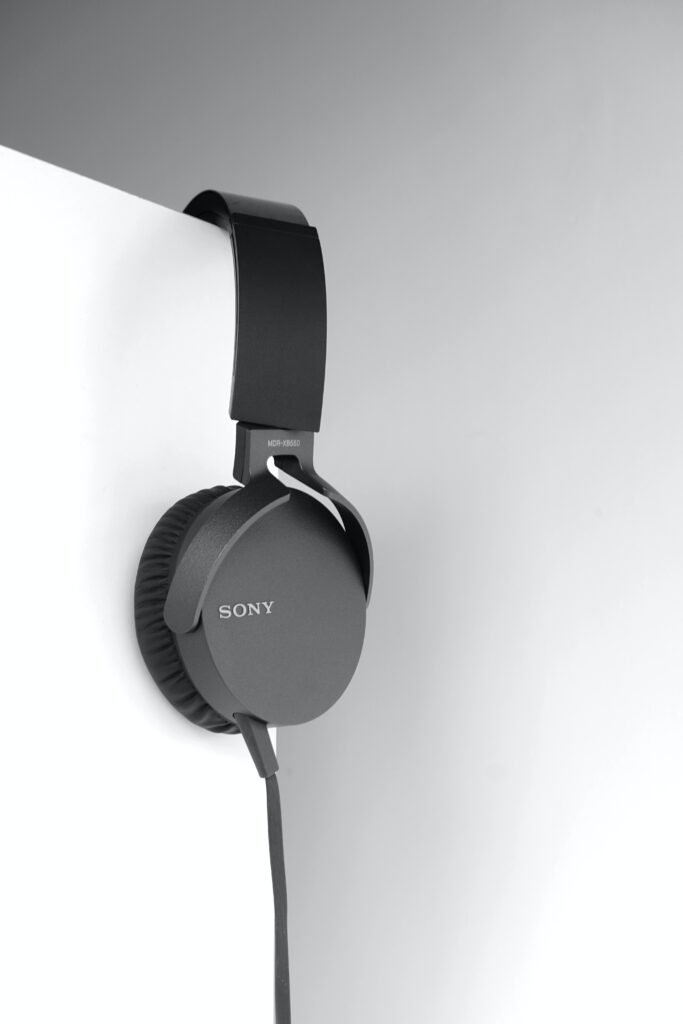
Connecting the Wireless Gaming Headset
With the headset set up, it’s time to establish a wireless connection between the headset and the console.
Make sure the headset is turned on and within range of the console. The range can vary depending on the headset model, so refer to the manufacturer’s guidelines for the optimal distance.
If you encounter any connection issues, try troubleshooting by resetting the headset or restarting the console. In some cases, you may need to update the headset’s firmware or consult the manufacturer’s support resources for further assistance.
If your console has multiple connection options, such as USB or optical, explore these options to find the one that provides the best audio quality and stability. Some headsets may offer different connection options, so refer to the headset’s user manual for instructions on how to switch between these options.
Configuring Audio Settings
To ensure the best audio experience, it’s important to configure the audio settings on both the console and the headset.
On the console, access the audio settings through the settings menu. Adjust the sound levels, enable surround sound if available, and customize any other audio-related settings to your preference.
Additionally, explore the headset’s specific audio options. Some headsets may offer additional settings such as virtual surround sound or customizable EQ presets. Take the time to experiment with these settings and find the configuration that suits your gaming style and preferences.

Using the Wireless Gaming Headset
Now that your wireless gaming headset is properly connected and the audio settings are configured, it’s time to start using it.
Familiarize yourself with the headset’s controls and functions. Most headsets have buttons for adjusting volume, muting the microphone, and controlling other audio settings. Understanding these controls will allow you to make quick adjustments during gameplay without needing to pause or navigate through menus.
Manage the audio and game volume according to your preference. Adjusting the balance between game audio and chat audio can help you stay aware of in-game sounds while still communicating effectively with your teammates.
Utilize the microphone features of the wireless gaming headset. Test the microphone to ensure it is working properly and adjust the microphone sensitivity if needed. Clear communication with your teammates is crucial in multiplayer gaming, so make sure your microphone is set up correctly.
Optimizing Wireless Gaming Headset Performance
To ensure the best performance from your wireless gaming headset, there are a few additional steps you can take.
Periodically check for firmware updates for your headset. Manufacturers often release firmware updates to improve performance, compatibility, and add new features. Check the headset manufacturer’s website or use any accompanying software to stay up to date with the latest firmware.
Minimize interference by keeping the headset’s wireless receiver away from other devices that may cause interference, such as routers, wireless phones, or other wireless accessories. Additionally, avoid using the headset near large metal objects or dense walls that may obstruct the wireless signal.
Proper care and maintenance are important for maintaining the longevity of your wireless gaming headset. Follow the manufacturer’s instructions for cleaning and storing the headset to prevent any damage or deterioration.
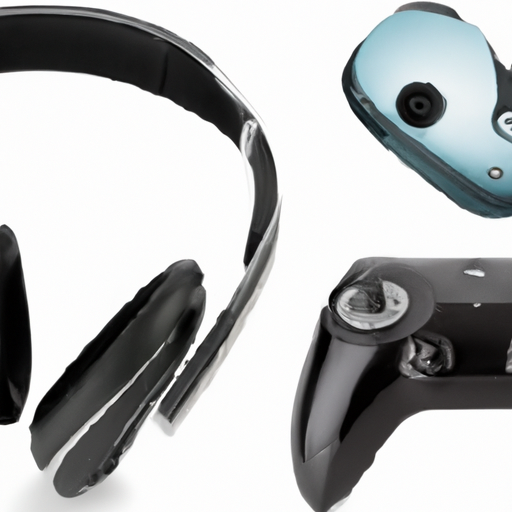
Troubleshooting Common Issues
Despite careful setup and preparation, you may encounter some common issues when using a wireless gaming headset. Here are a few troubleshooting tips for common problems:
- If you experience no sound or audio quality issues, check the volume settings on both the console and the headset. Ensure that the headset is properly connected and that the volume is not muted or set too low.
- If you encounter connectivity problems, try resetting the headset and reconnecting it to the console. Ensure that the headset is within range of the console and that there are no obstacles obstructing the wireless signal.
- If the microphone is not working, check the microphone settings on both the console and the headset. Ensure that the microphone is not muted or set to a low volume. If the issue persists, try connecting a different microphone to the console to determine if the issue is with the headset or the console.
Enhancing Gaming Experience with Additional Accessories
To further enhance your gaming experience, consider incorporating additional accessories alongside your wireless gaming headset.
Invest in a headset stand or storage solution to keep your headset safe and organized when not in use. This will help prolong its lifespan and prevent any accidental damage.
Explore surround sound systems to achieve a more immersive audio experience. These systems utilize multiple speakers placed strategically around your gaming setup to create a 3D audio effect, making you feel like you’re in the middle of the action.
If you’re looking for the ultimate gaming setup, consider incorporating a gaming chair with built-in audio. These chairs come equipped with speakers and other audio features, allowing you to fully immerse yourself in the game while staying comfortable during long gaming sessions.
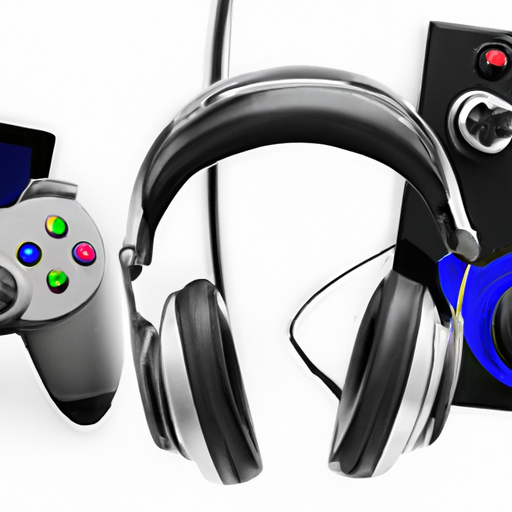
Conclusion
Connecting and using a wireless gaming headset with your console can greatly enhance your gaming experience. By following this step-by-step guide and considering the important factors such as compatibility, sound quality, and features, you can enjoy the freedom of movement and immersive audio that a wireless gaming headset provides. Remember to properly set up your console, charge and pair the headset, configure audio settings, and troubleshoot any potential issues for the best performance. With your wireless gaming headset connected and ready, get ready to take your gaming experience to the next level. Happy gaming!
